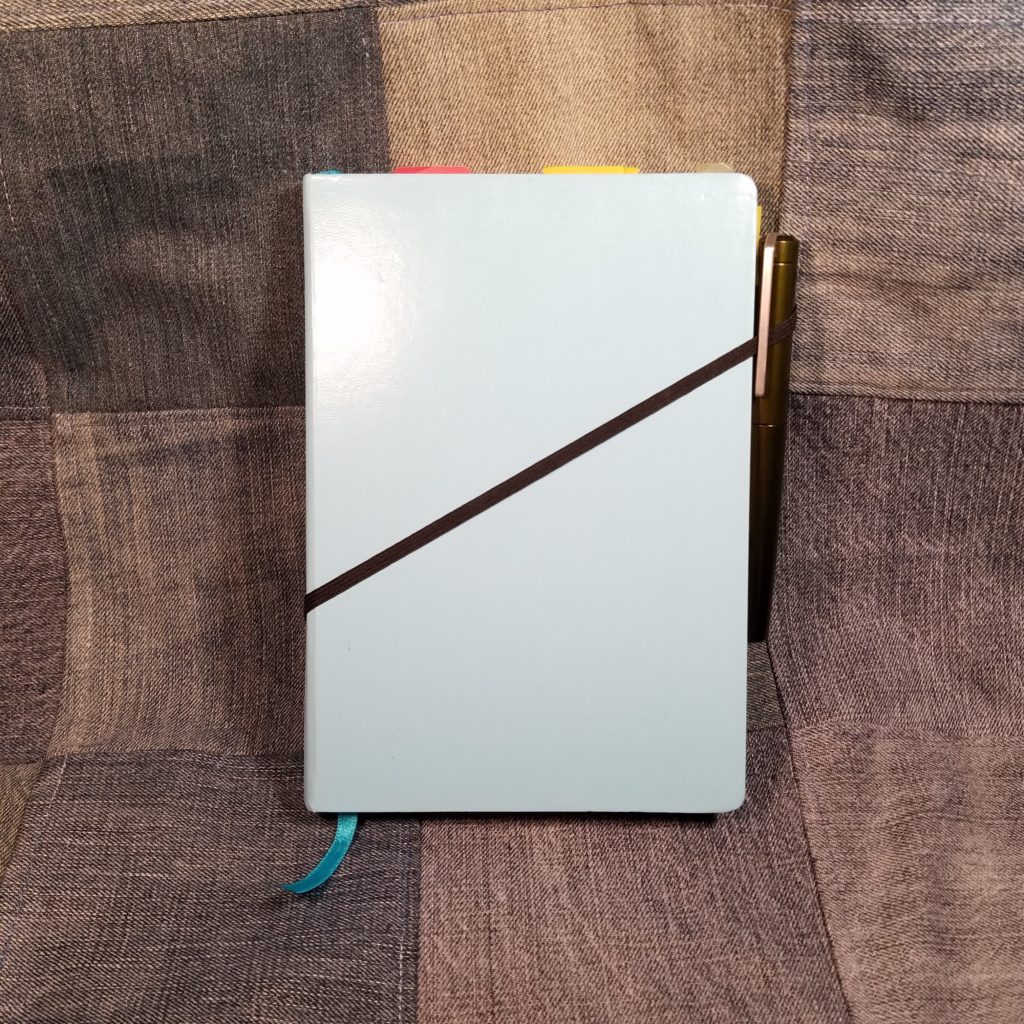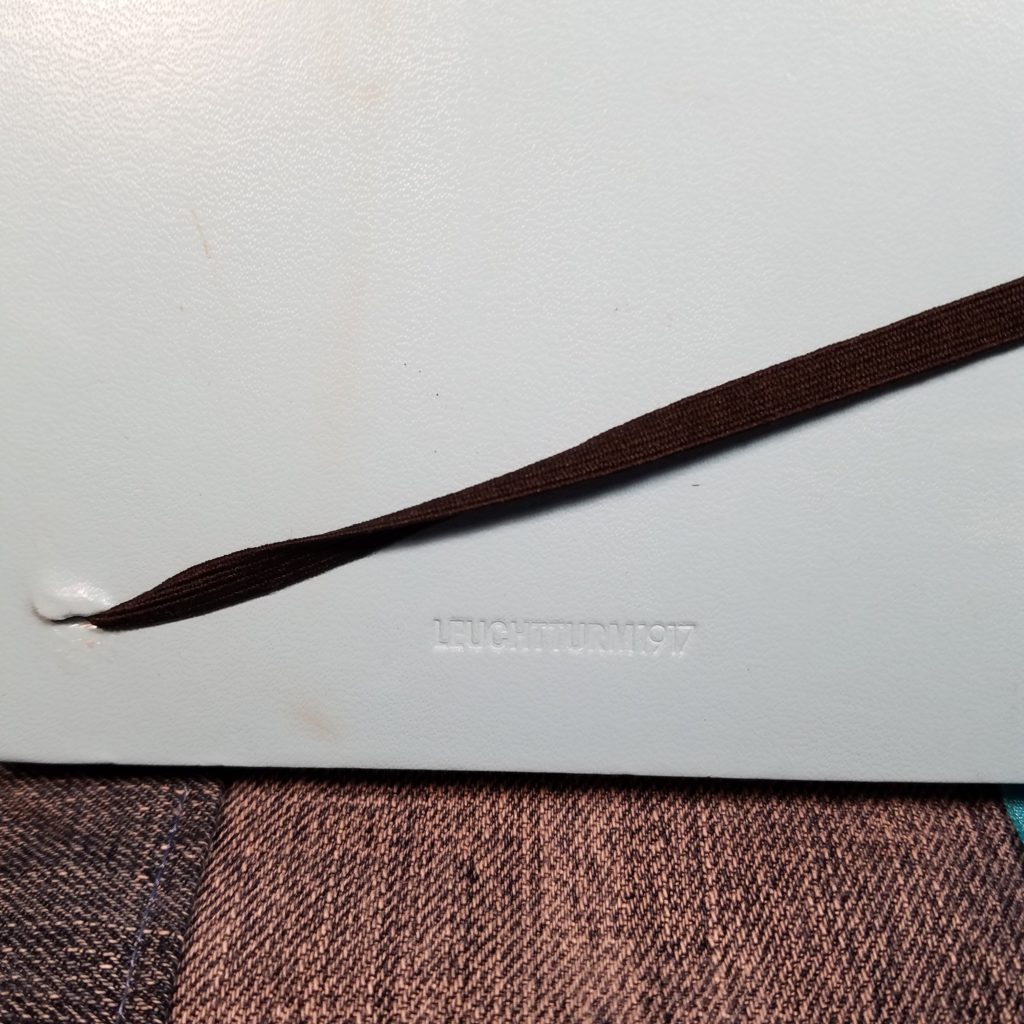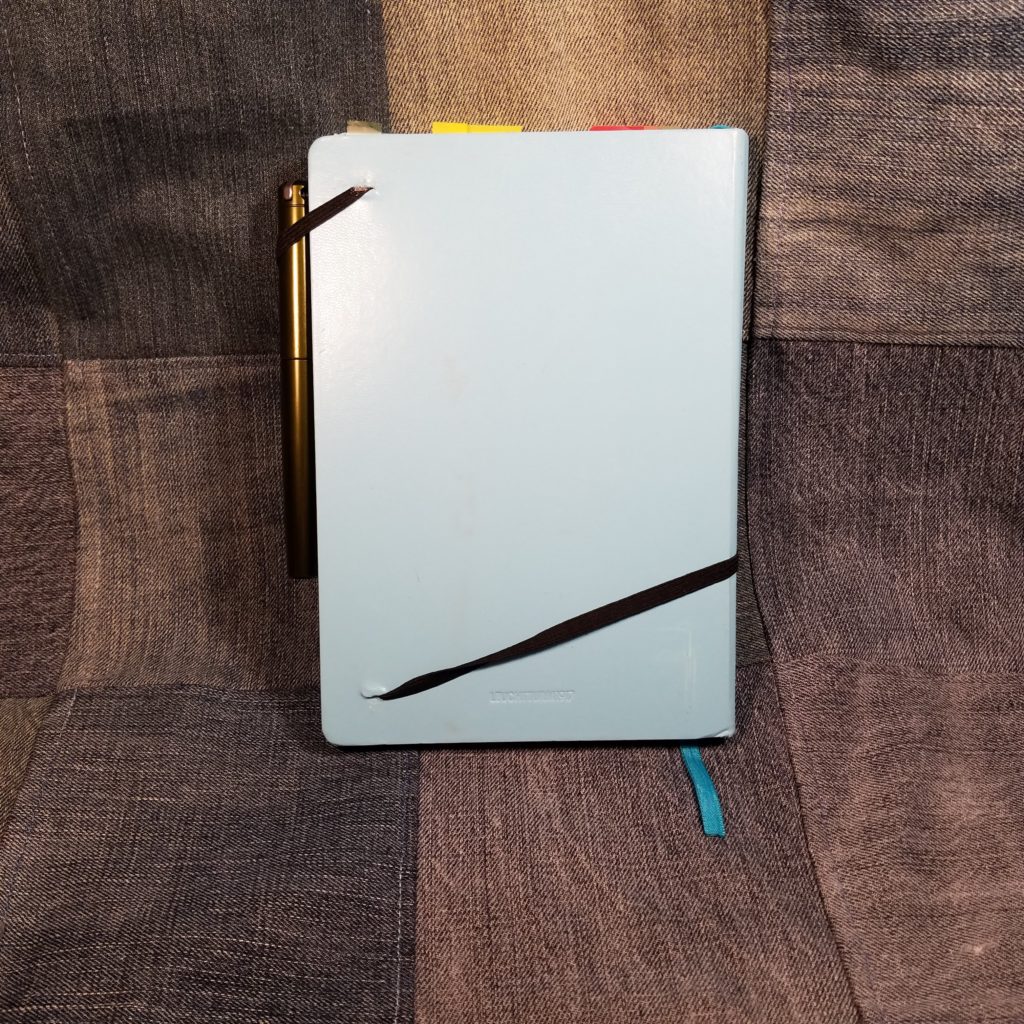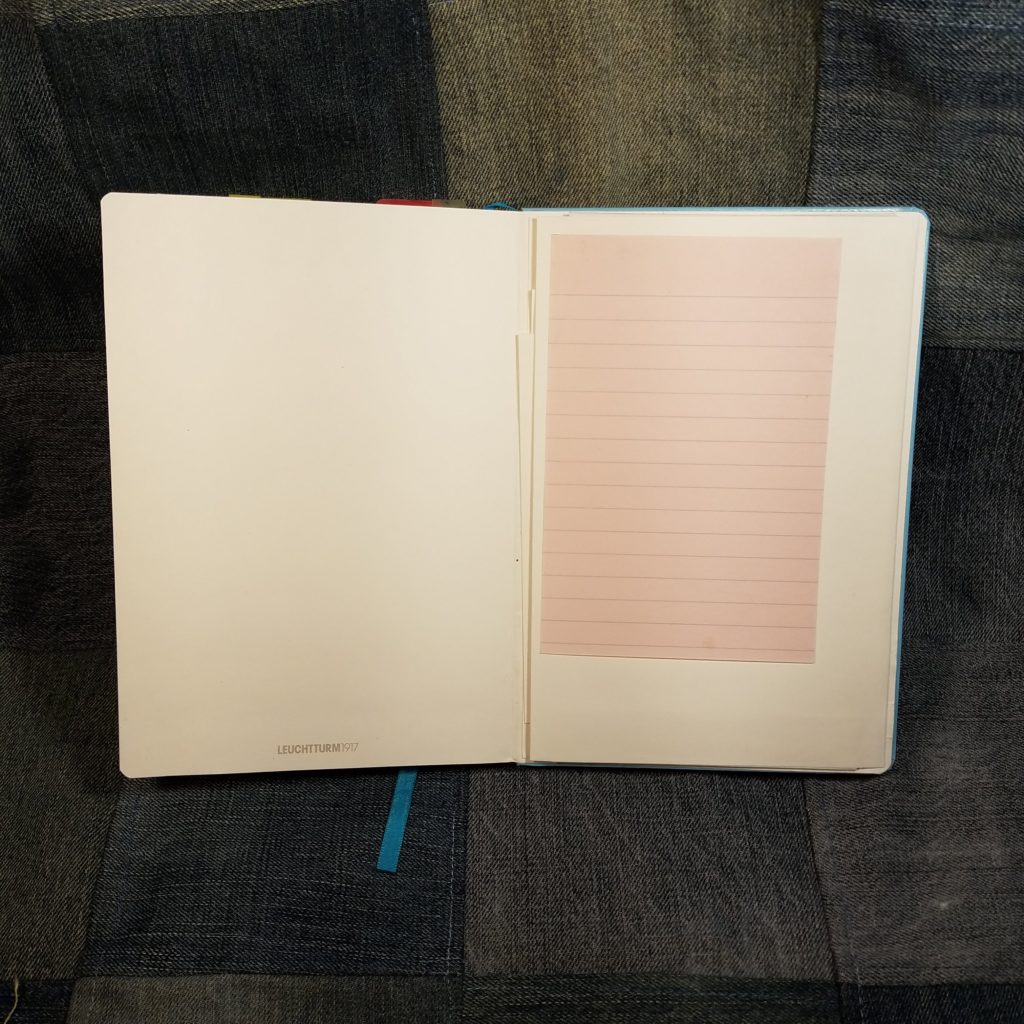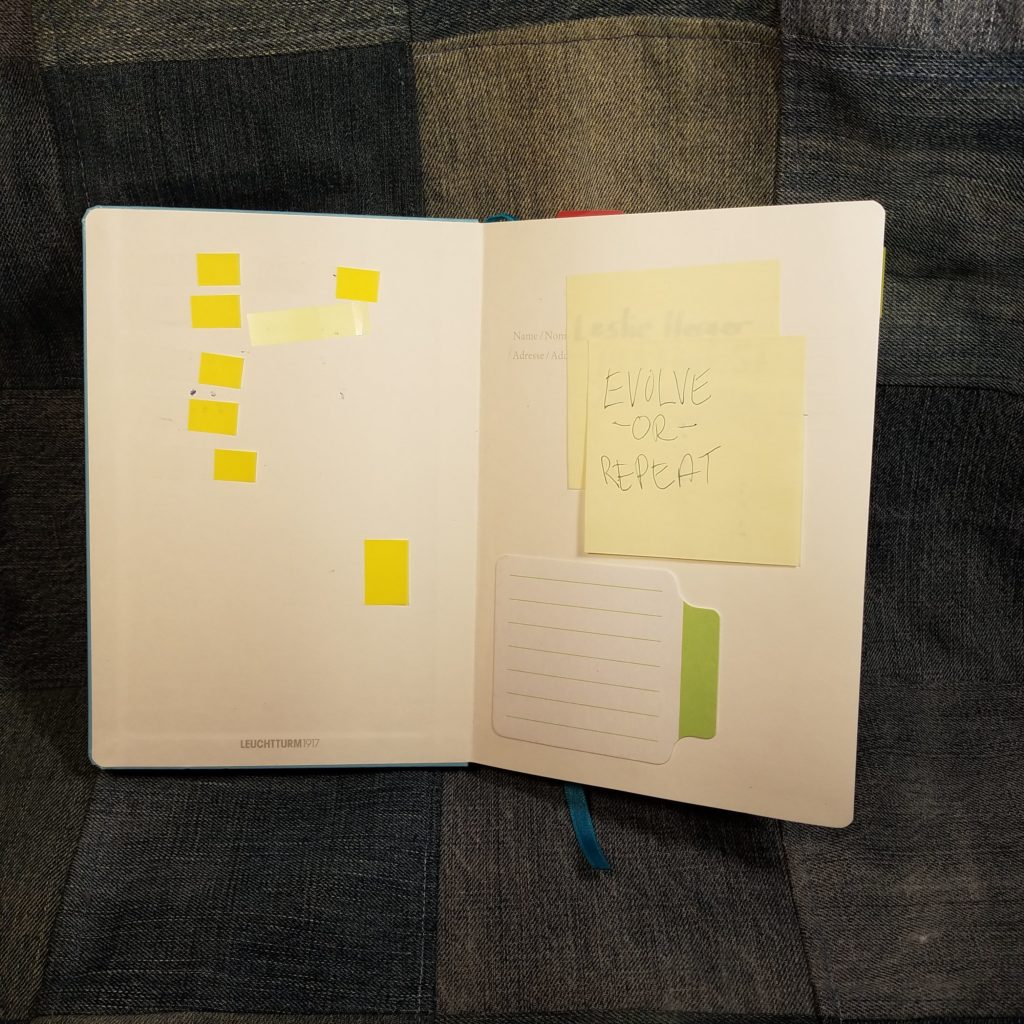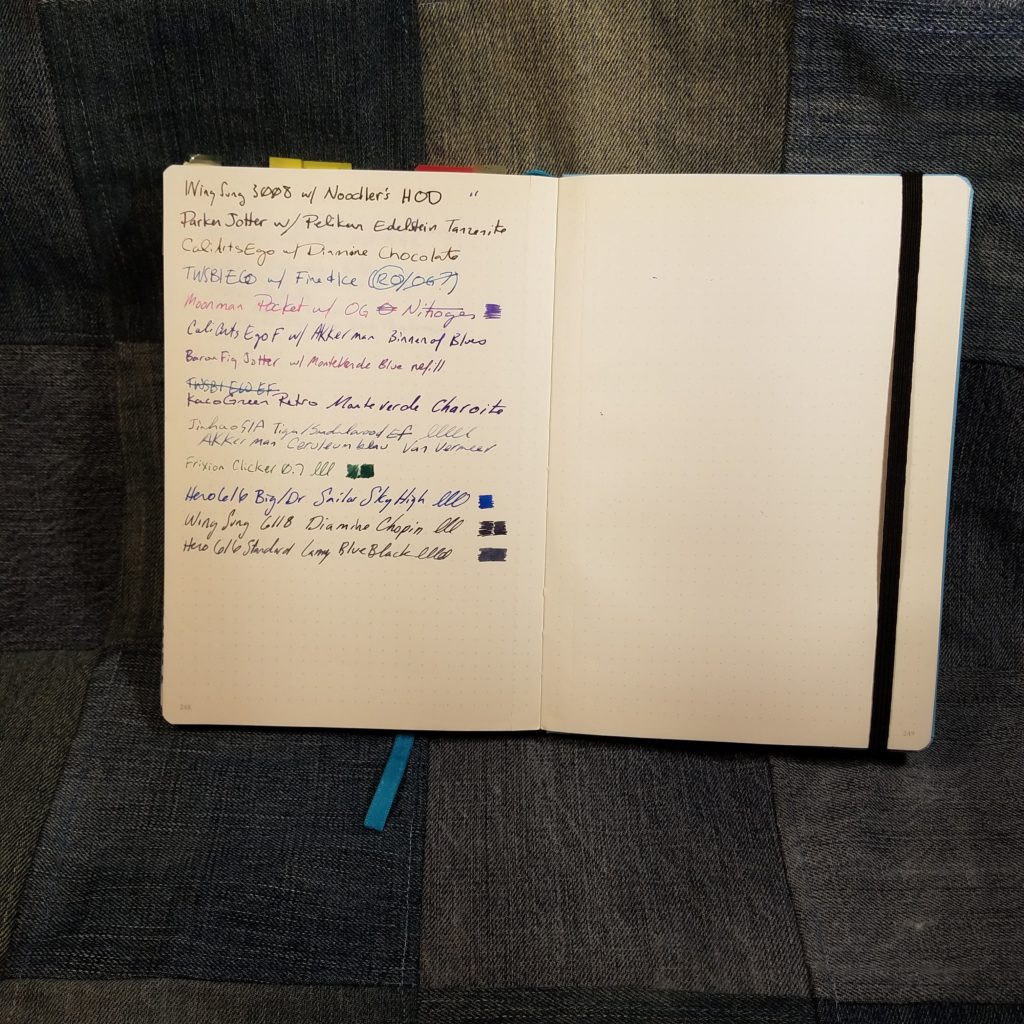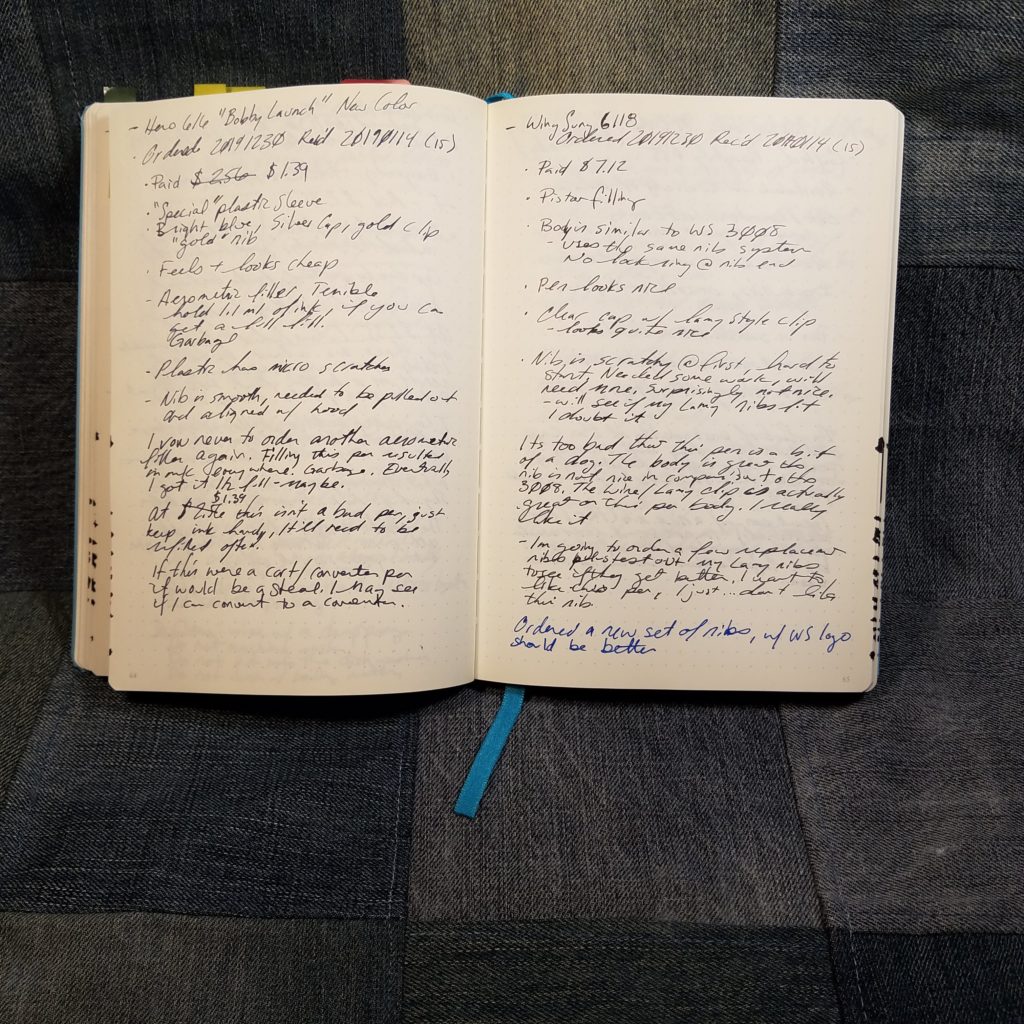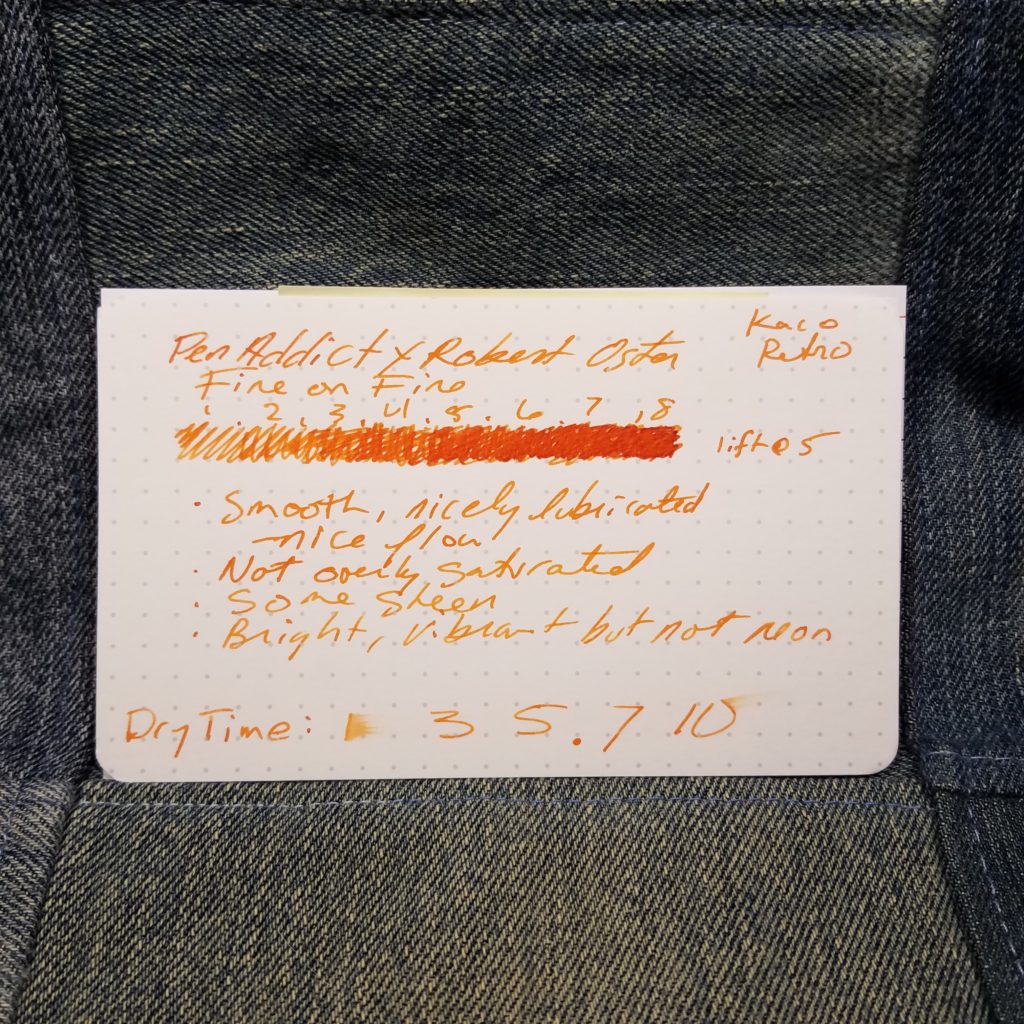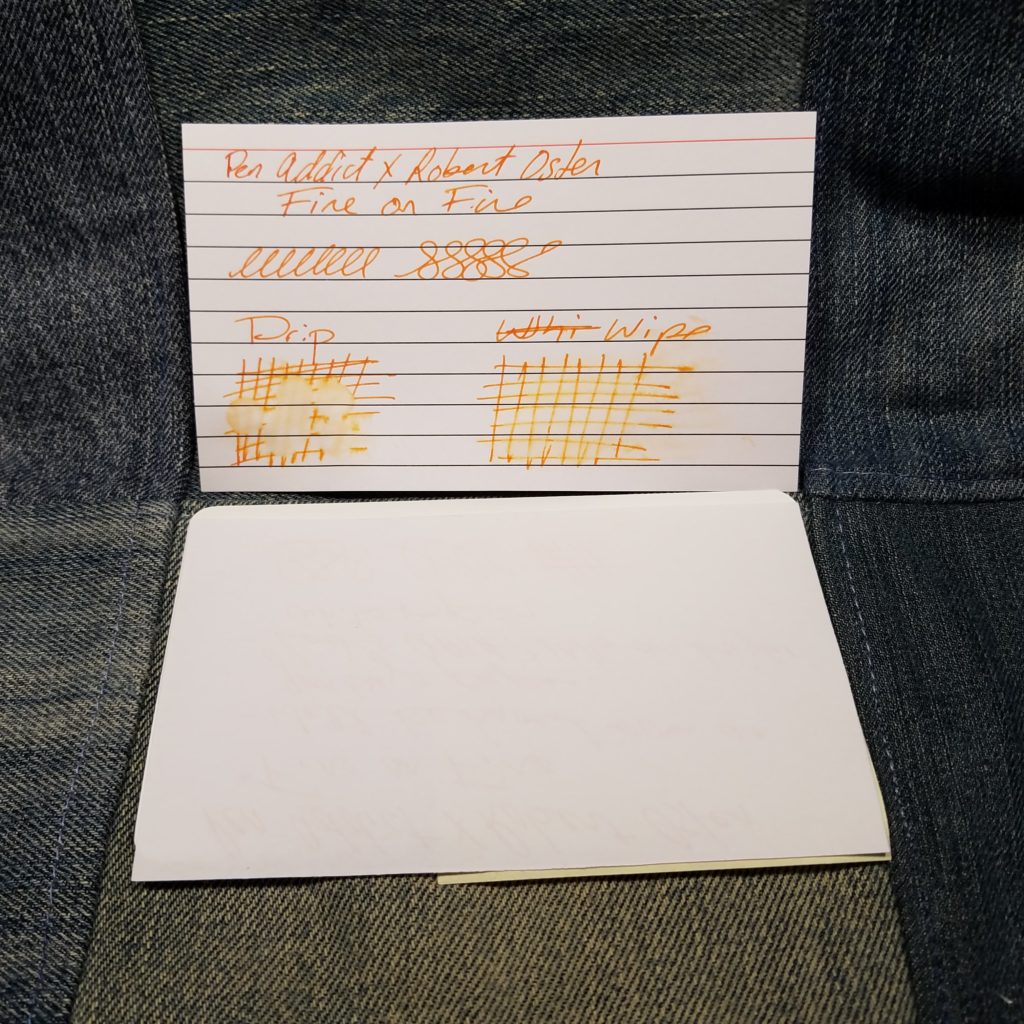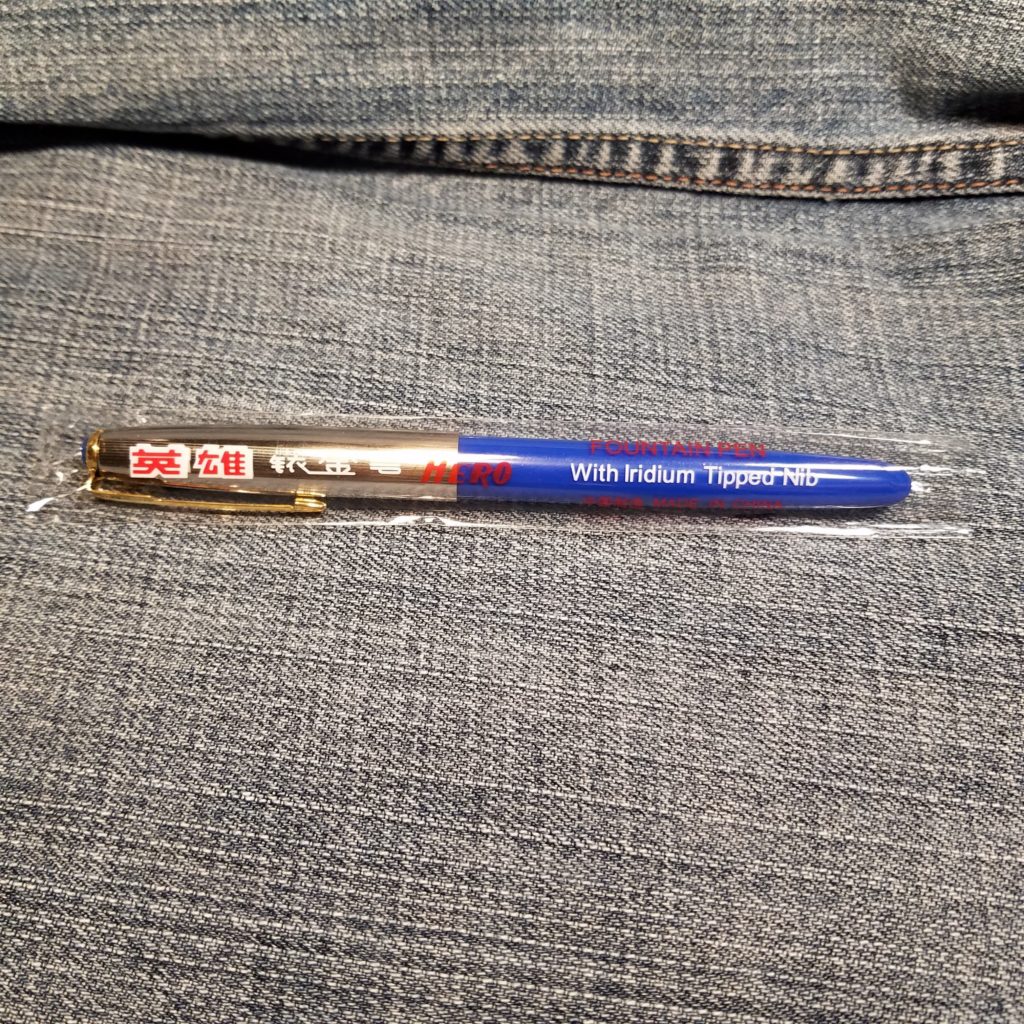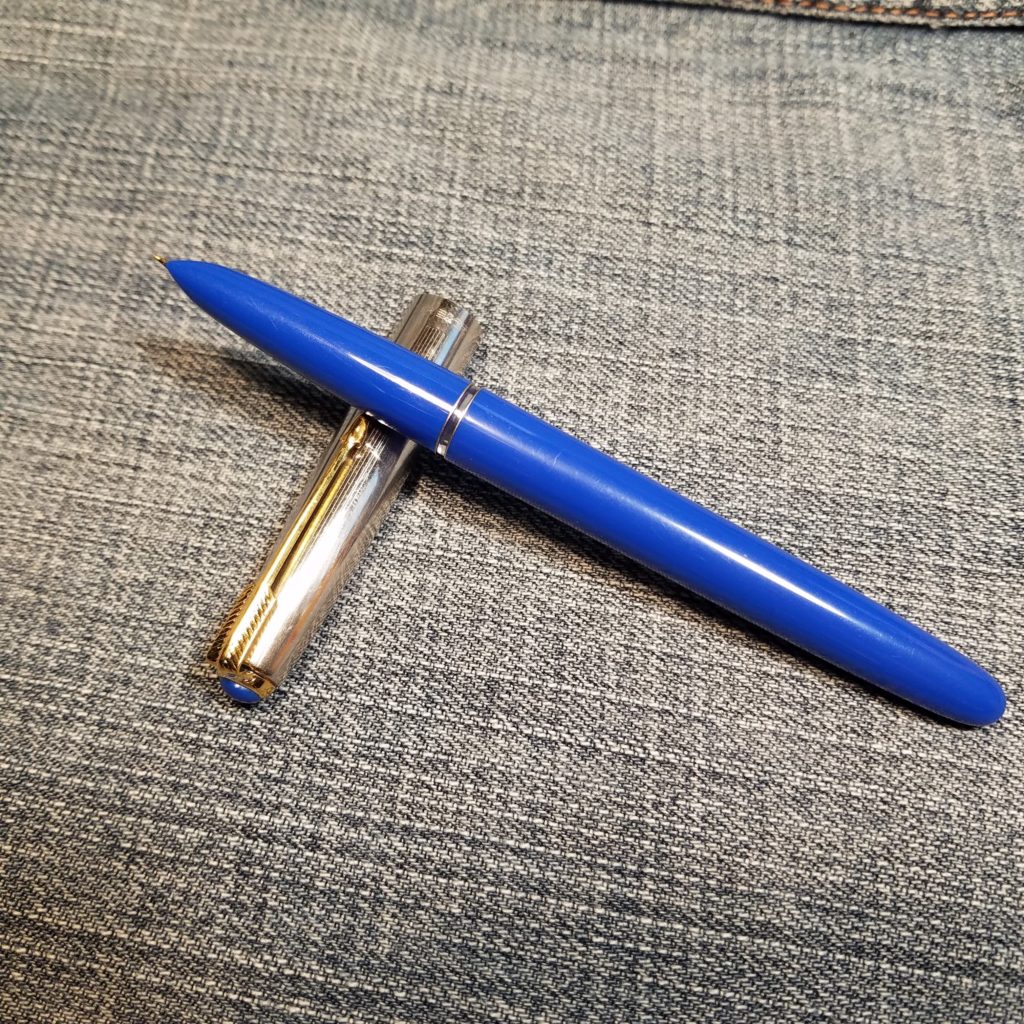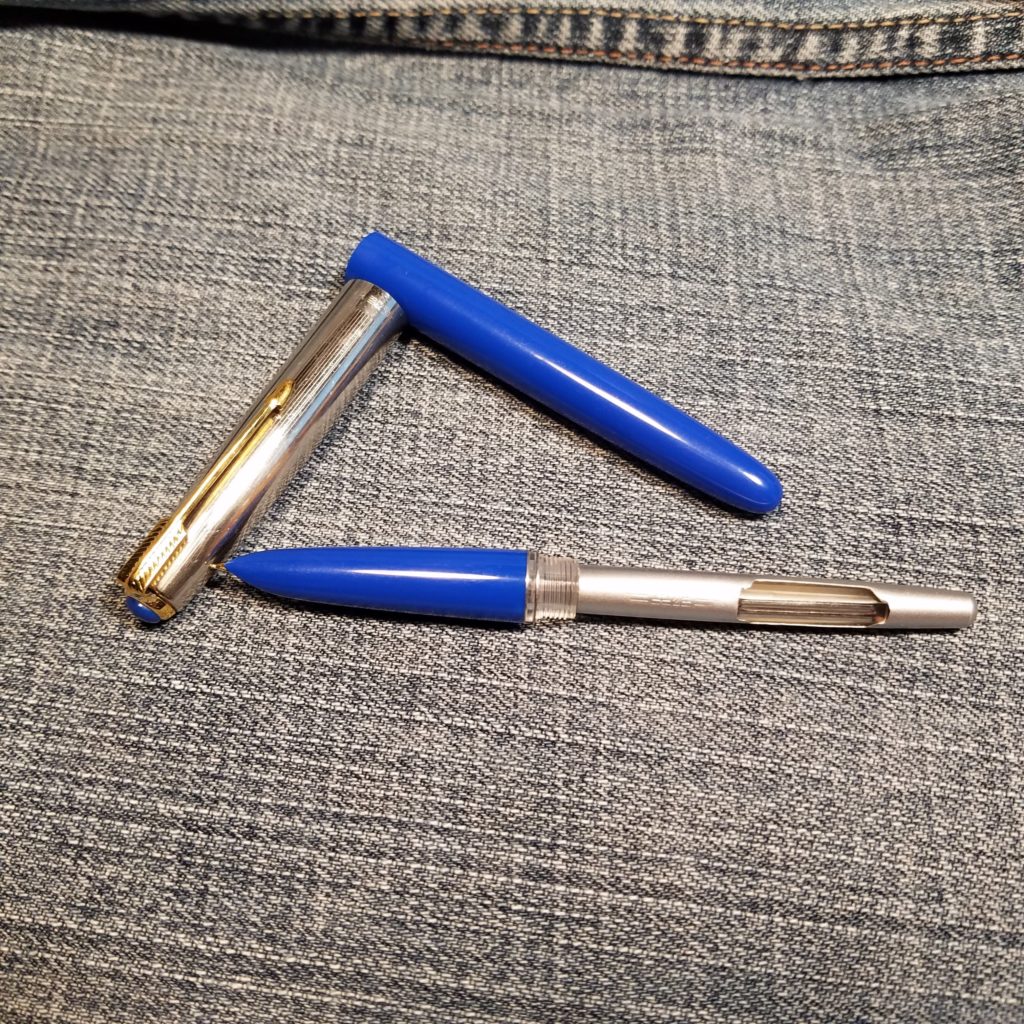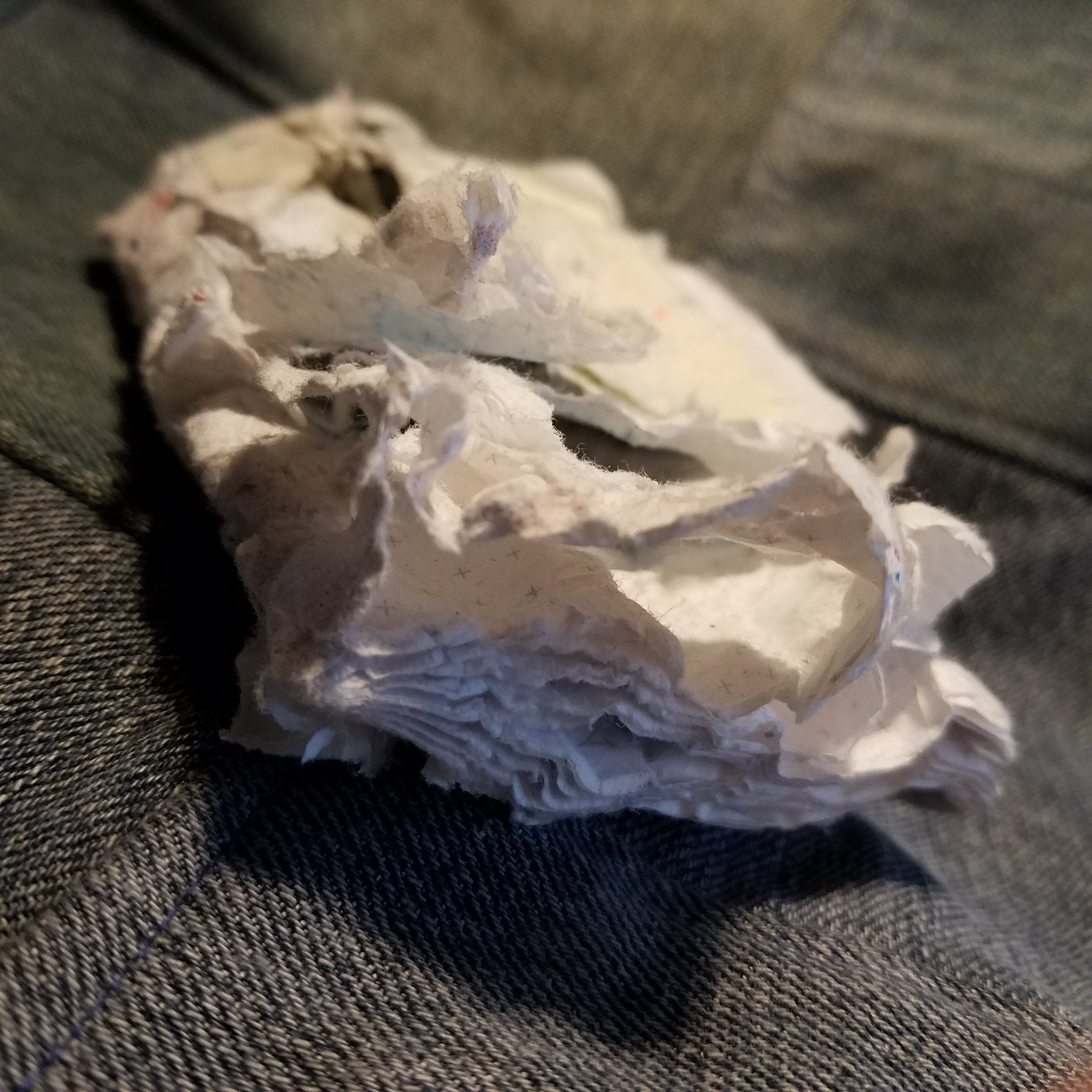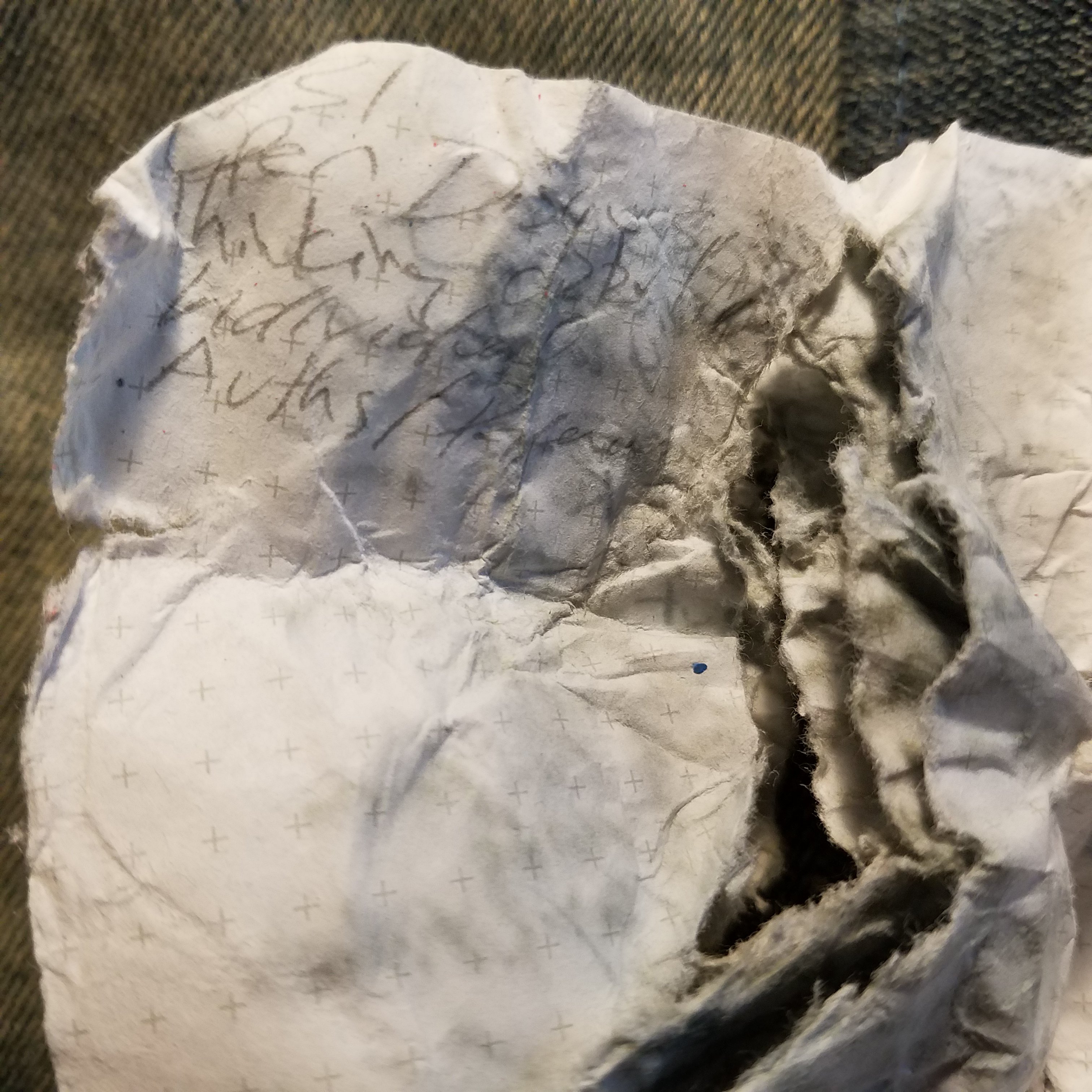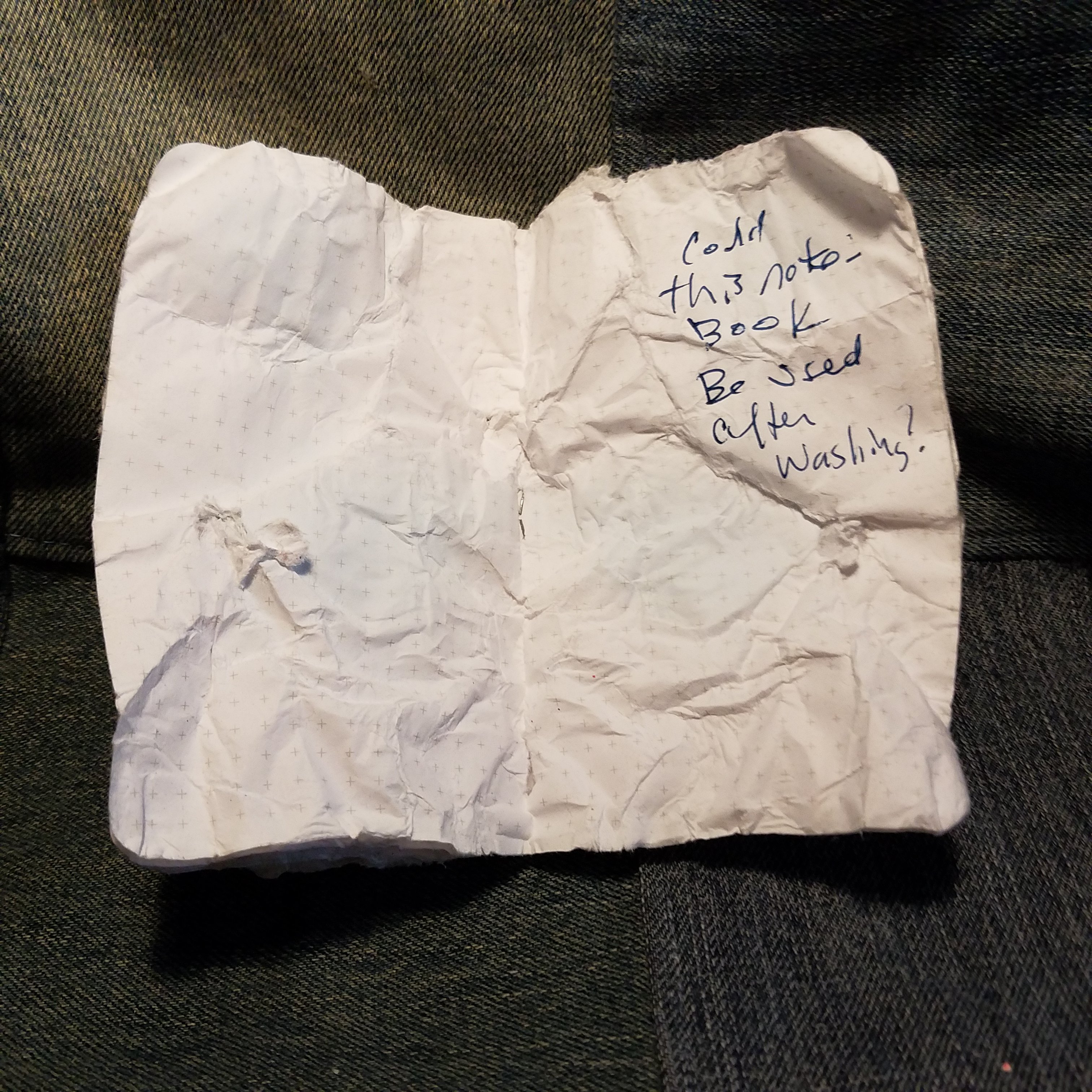With most limited edition (LE) pencils I review the outside and direct you to a review of the core. Given the variability of the Baron Fig pencil’s cores in the past, I’m going to tell you about the core on this pencil.
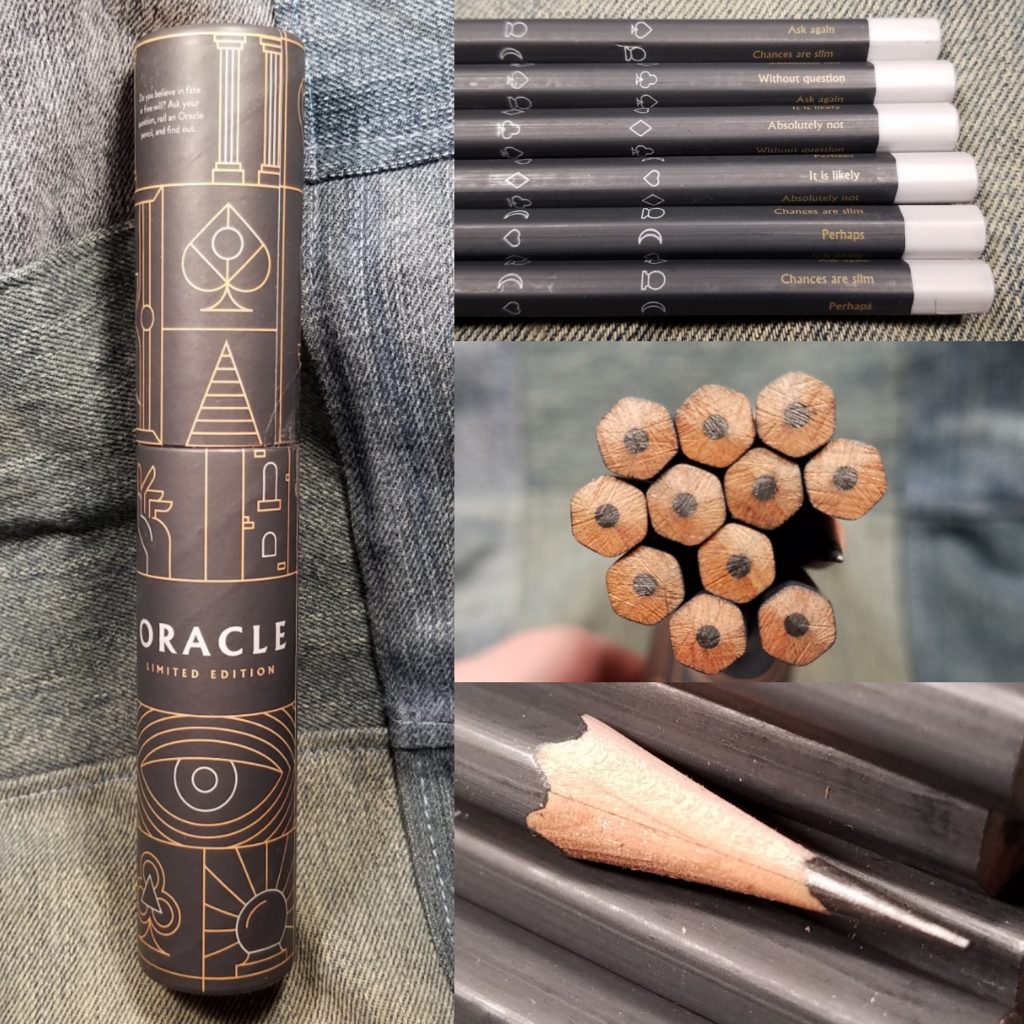
The variability of the core of these pencils is almost legendary. The first pencil was a true HB, the second a shattered 2B, and then back to HB but with a heap of grit. The pencil maker in Portugal* can’t seem to get the pencils to be an even true HB. Most of the other LE Archers have some grit in them. I sharpened 3 of these to get a feel for the core. I picked a pencil that had a centered core and the other 2 I purposefully chose uncentered cores. I sharpened with my Classroom Friendly and the Masterpiece after. I did attempt to use the Pollux but it shattered the cores and made a mess of the centered pencil. I have no such problems with the Masterpiece.
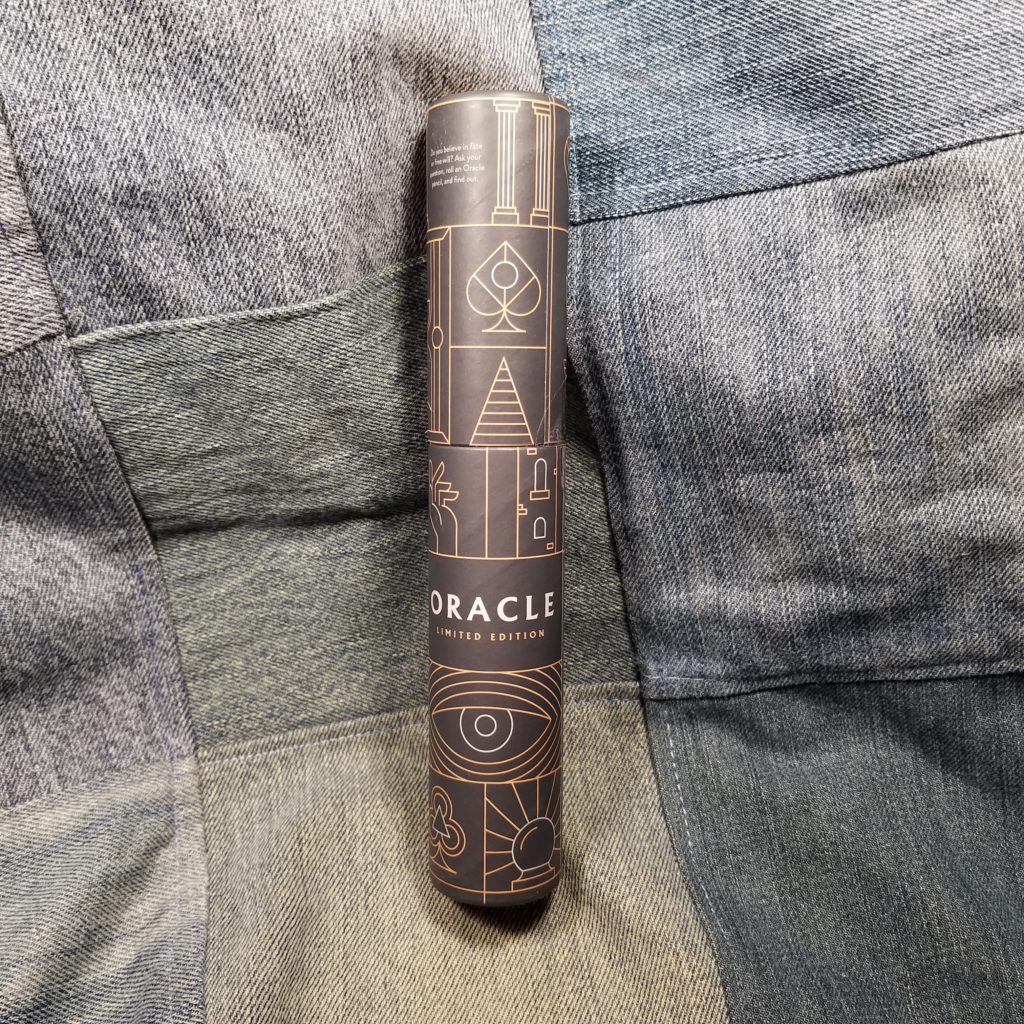
Testing consisted of me reworking the outline of my current novel and attempting to figure out why the ending I have doesn’t work. I used a Teen Vogue composition notebook and wrote up some character studies and a loose outline of the beats of the novel. In all, I wrote probably 25 pages, many of the lines crossed out, in the comp book. I also took notes in a Field Notes Snowblind for some audio testing my cohost and I did on Sunday. I made notes in the same pocket notebook for my weekly meal prep. I also used these in my L1917 to make note of the recipes I used and to log my Kombucha observations in my Bullet Journal.
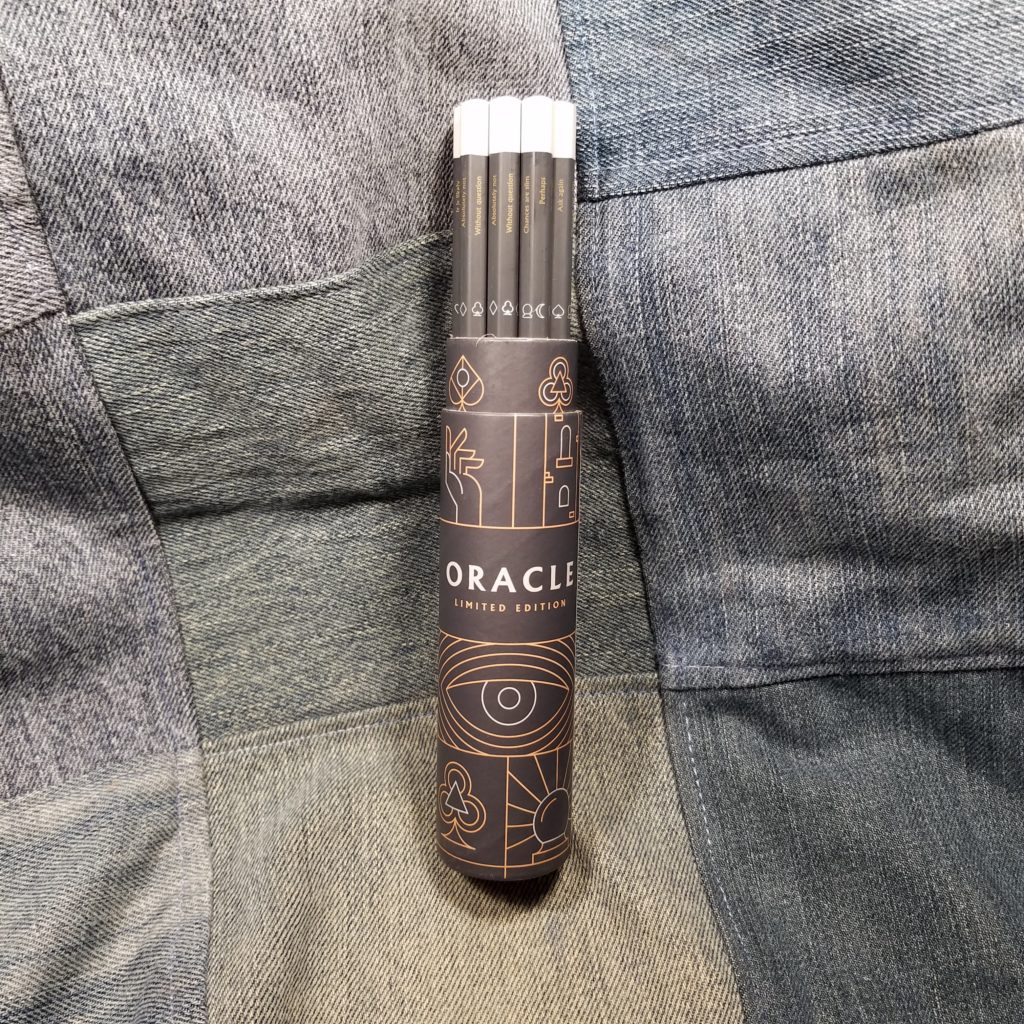
All in all, I was pleasantly surprised at the cores. They are a true HB but I’ve yet to encounter large pieces of grit or other unpleasantness. I grabbed a couple of other LE Archers and tested those side by side, the No. 2 and Element and found grit. The Oracle has a pleasing grab on the page as it lays down graphite. It’s not silky smooth like a Blackwing or Mitsu-Bishi or even a General’s Cedar Pointe. It grips the page. The point retention is fantastic, only need a touch up after a few pages in my comp book and after 3 in my L1917. This is a pencil that does spectacularly with rougher paper, like a Confidant or a composition book.
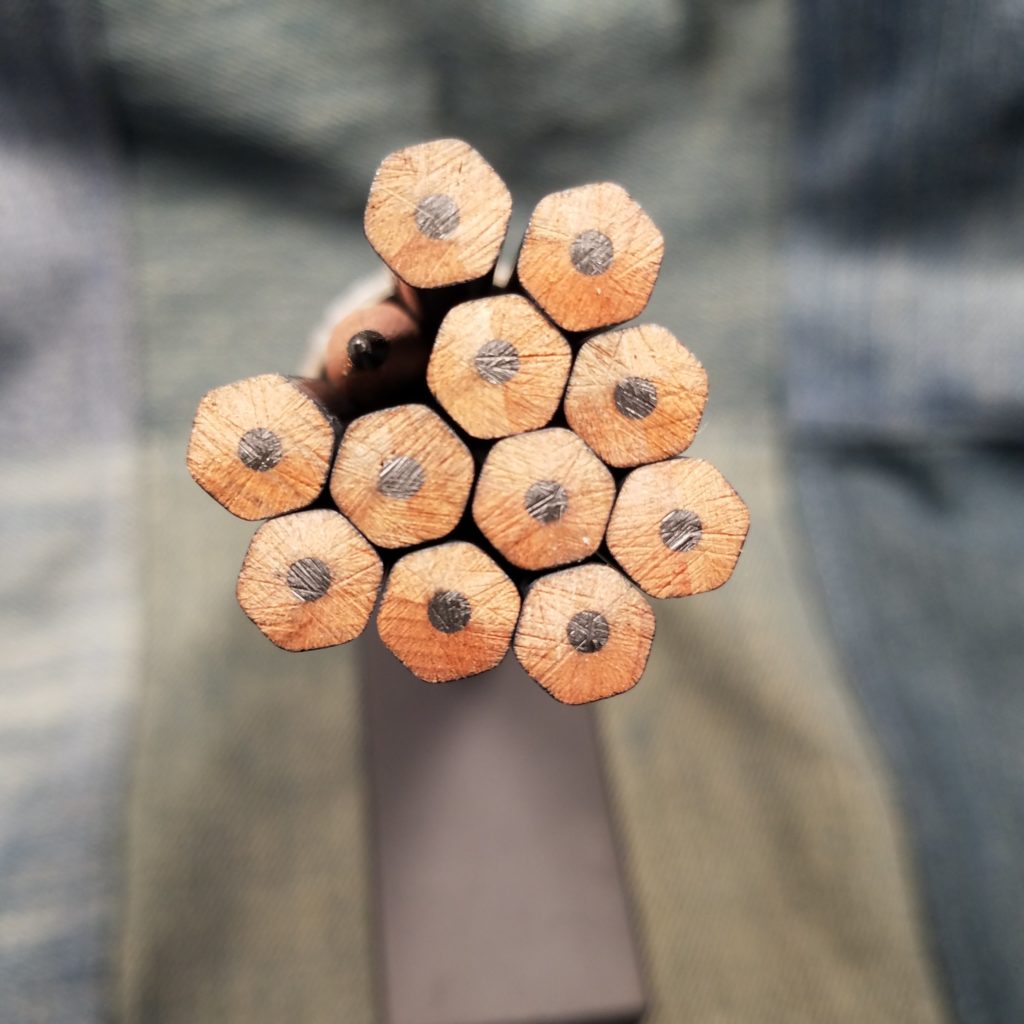
Despite being a true HB in hardness it is nicely dark, leaving a nice dark grey line with moderate pressure.
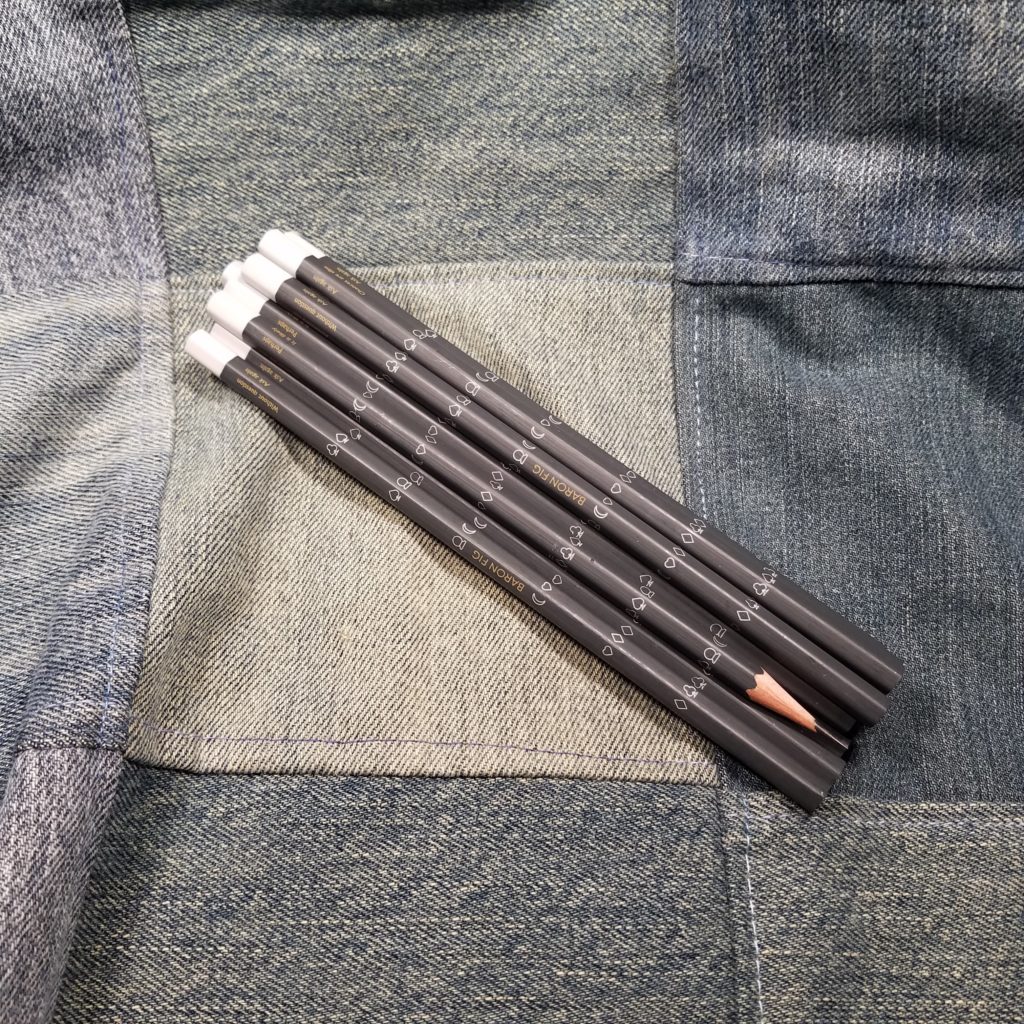
The packaging for the Oracle is gorgeous, as usual. The coloring is graphite grey, ash grey, and mustard yellow. The decorations seem to be inspired by playing cards and tarot cards. On each side near the dipped end is an answer, roll your pencil and whatever is up is your answer. Fun. Each side is adorned with playing card suits plus a moon and crystal ball. All this in pale ash grey on deep dark graphite grey. The pencil is matte finished and always has some shinier bits due to rubbing in the packaging during shipping.

In the past, the exterior of the Baron Fig LE Archers has always been gorgeous, but it was wrapped around uneven graphite filled with grit. This is the first time I’ve used the Archer and actually enjoyed the core. Really, the main difference is that there isn’t any grit. I don’t get these bits that leave snags and gouges in my paper. Overall I really like this version of the Archer, and I always did enjoy asking the Magic 8 Ball questions. Get yours over at Baron Fig.

